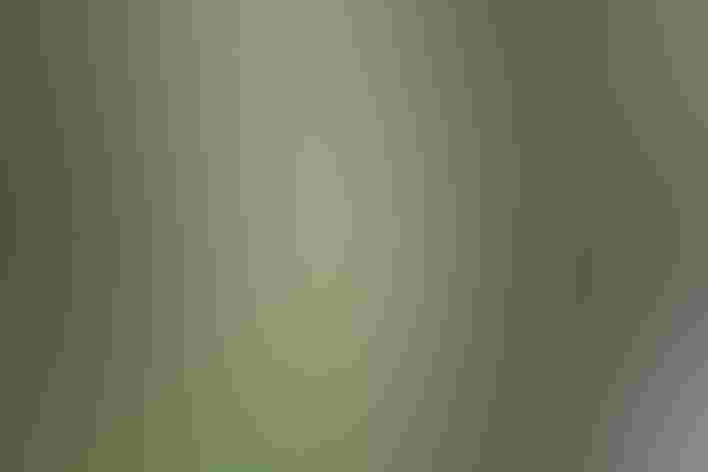Yellow-bellied Sapsucker
At a Glance
Although its name sounds like a cartoonist's invention, the Yellow-bellied Sapsucker does exist. This species is common in the north and east, and is replaced by close relatives in the west. Quiet in winter, it becomes noisy in spring, with cat-like calls and staccato drumming.
All bird guide text and rangemaps adapted from Lives of North American Birds by Kenn Kaufman© 1996, used by permission of Houghton Mifflin Harcourt Publishing Company. All rights reserved.
Category
Tree-clinging Birds, Woodpeckers
IUCN Status
Least Concern
Habitat
Forests and Woodlands, Freshwater Wetlands, Shrublands, Savannas, and Thickets
Region
Alaska and The North, California, Eastern Canada, Florida, Great Lakes, Mid Atlantic, New England, Northwest, Plains, Rocky Mountains, Southeast, Southwest, Texas, Western Canada
Behavior
Flap/Glide, Undulating
Population
14.000.000
Range & Identification
Migration & Range Maps
One of the most migratory of woodpeckers. Essentially no overlap between summer and winter ranges. Northwestern breeders migrate east as well as south. Winters commonly in southeastern United States but also south to Central America, West Indies.
Description
8 1/2" (22 cm). Long white stripe on folded wing; mottled back, striped face. Throat is red on male, white on female. Young birds have brown heads in fall, gradually molting to resemble adults by late winter.
Size
About the size of a Robin
Color
Black, Brown, Red, White, Yellow
Wing Shape
Broad, Rounded
Tail Shape
Multi-pointed, Wedge-shaped
Songs and Calls
Mewing and whining notes.
Call Pattern
Falling, Flat
Call Type
Chirp/Chip, Rattle, Scream
Habitat
Woodlands, aspen groves; in winter, also orchards, other trees. In summer mostly in mixed coniferous and deciduous woods, especially around aspens. May be found in any kind of woods or even dry brush in migration. Winters mostly in deciduous trees.
Sign up for Audubon's newsletter to learn more about birds like the Yellow-bellied Sapsucker
Behavior
Eggs
5-6, sometimes 3-7. White. Incubation is by both sexes (with male incubating at night and part of day), 12-13 days. Both parents feed young, bringing them insects, sap, and fruit. Young leave nest 25-29 days after hatching. Parents teach young the sapsucking habit, feed them for about 10 days after they leave nest. 1 brood per year.
Feeding Behavior
Drills tiny holes in tree bark, usually in neatly spaced rows, and then returns to them periodically to feed on the sap that oozes out. Also eats bits of cambium and other tree tissues, as well as insects that are attracted to the sap. Besides drilling sap wells, also gleans insects from tree trunks in more typical woodpecker fashion, and sallies out to catch insects in the air. Berries and fruits are eaten at all seasons, and birds may concentrate in fruiting wild trees in winter.
Diet
Includes insects, tree sap, fruit. Feeds on a wide variety of insects, including many ants (taken from tree trunks). Also regularly feeds on tree sap, and on berries and fruits.
Nesting
Males tend to arrive on breeding grounds before females. Courtship displays include pointing bill up to show off colored throat patch; ritualized tapping at nest site. Nest site is cavity in tree, usually deciduous tree such as aspen, poplar, birch, 6-60' above ground. Often uses same tree in consecutive years, rarely same nest hole. Favors trees affected by tinder fungus, which softens heartwood while leaving outer part of trunk firm. Both sexes help excavate.
Conservation
Conservation Status
Has disappeared from several southerly areas where it formerly nested, but still widespread and numerous.
Climate Threats Facing the Yellow-bellied Sapsucker
Choose a temperature scenario below to see which threats will affect this species as warming increases. The same climate change-driven threats that put birds at risk will affect other wildlife and people, too.












